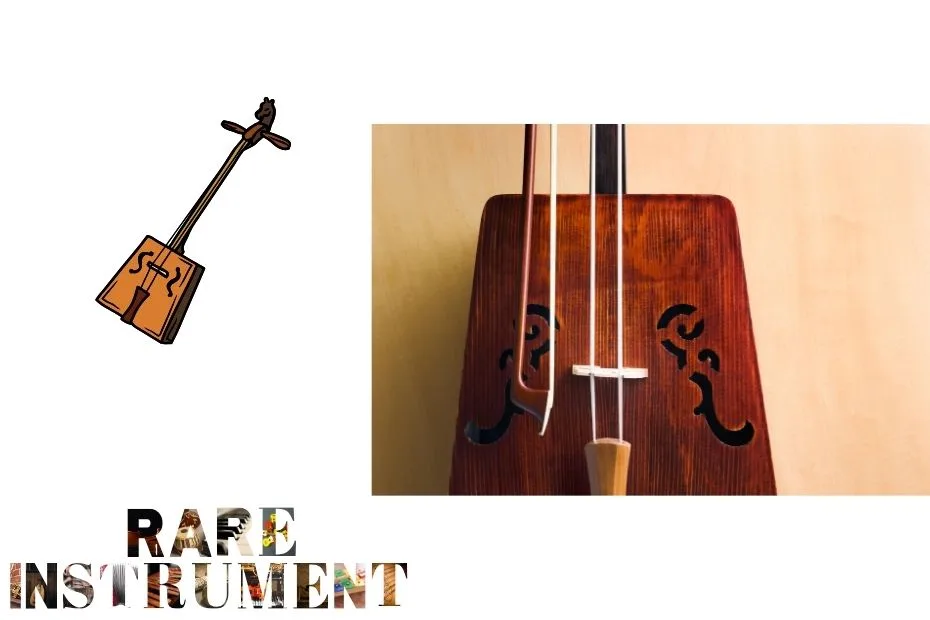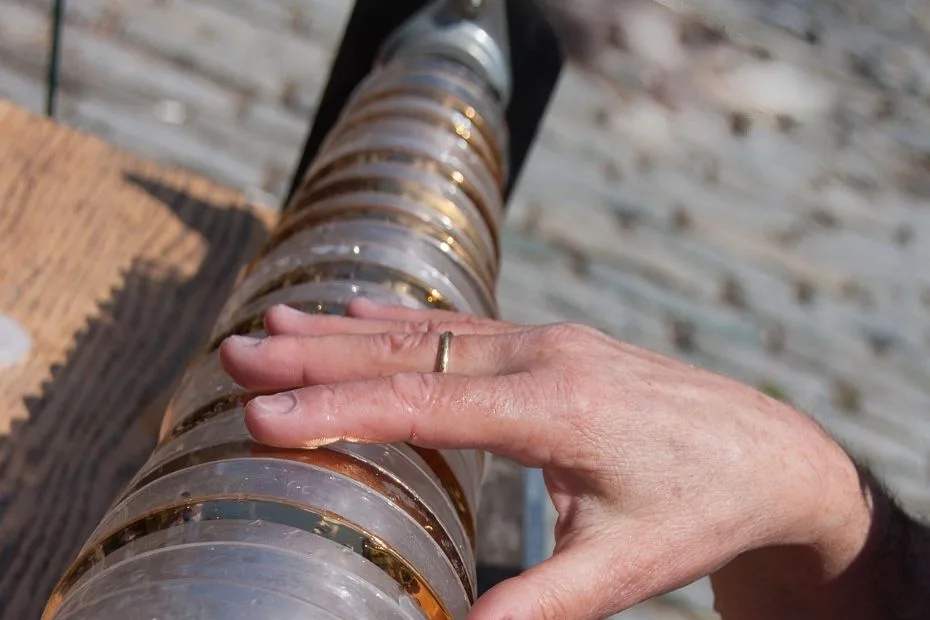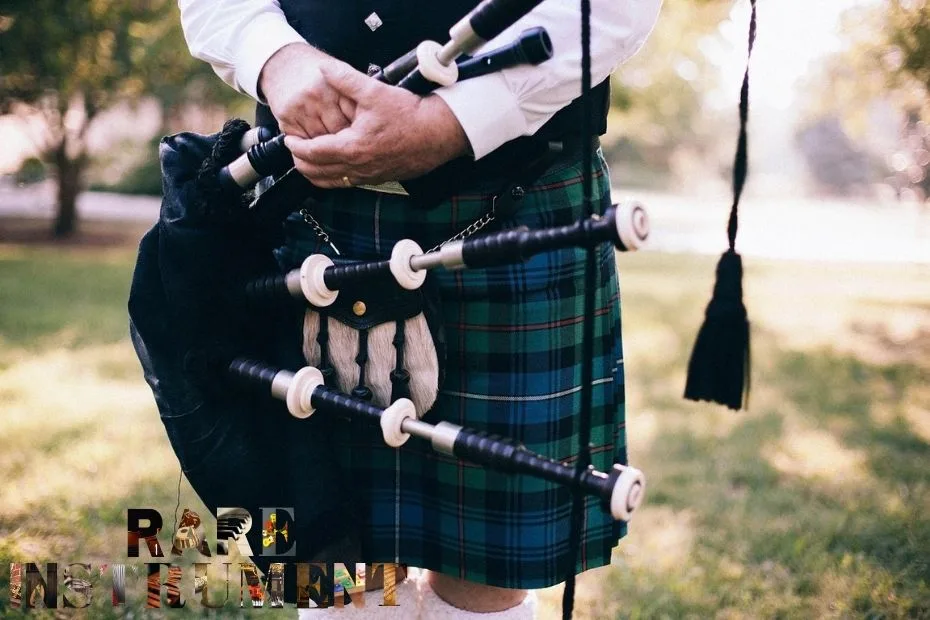Songs of the Steppe: Storytelling with the Morin Khuur
| Primary Name | Morin khuur (horse-head fiddle) |
|---|---|
| Instrument Family | Two-string bowed lute with trapezoidal body |
| Cultural Role | Symbol of Mongolian identity; used in rituals, urtyn duu (long song), and epic storytelling |
| Materials | Carved horse-head finial; horsehair strings and bow (modern versions may use synthetics) |
| Dimensions | Body approx. 35–45 cm; total length 1.0–1.2 m |
| Safeguarding | The traditional music of the Morin Khuur is recognized by UNESCO |
| Signature Timbre | Open, voice-like resonance; capable of imitating hoofbeats and the wind across the steppe |
Origin Stories and Cultural Life
Legend says the morin khuur was born from the spirit of a beloved horse, symbolizing the deep connection between people, animals, and the land. Far beyond concert settings, it accompanies seasonal rituals, lullabies, and long epic songs. In combination with throat singing (khöömii), the instrument paints vivid soundscapes that echo the vast Mongolian steppe.
Construction and Acoustic Personality
The instrument’s trapezoidal soundbox supports a long neck crowned with a carved horse head. Its two horsehair strings are tuned a fourth or fifth apart. Because of its relatively low tension and wide soundboard, the morin khuur produces a resonant, slightly airy tone with rich overtones. Bowing technique allows for expressive range—from gentle, sighing phrases to sharply dotted rhythms that mimic galloping horses.
Playing Aesthetics
- Bow hand: A supple wrist enables rapid shifts in pressure; short accented strokes evoke the rhythm of riding.
- Left hand: The flat finger pads glide smoothly, creating expressive portamento slides that link tones like natural speech.
- Vocal pairing: Often paired with khöömii, it sustains drones beneath overtone lines or mirrors the singer with parallel fifths.
Ensemble and Modern Contexts
Traditionally, the morin khuur joins instruments such as the tsuur (end-blown flute), tovshuur (lute), or frame drum. In performance halls, its sound blossoms best in resonant acoustics, while in studio settings it blends seamlessly with strings or even soft electronic textures. Today, conservatories teach both folk traditions and contemporary techniques, ensuring the instrument adapts to modern repertoires without losing its roots.
Care and Recording Notes
- Climate care: Dry climates can weaken horsehair; use a humidifier in winter and loosen the bow after playing.
- Setup: Proper bridge fitting and soundpost alignment are crucial for projection and tonal balance.
- Mic strategy: For recordings, blend a close mic near the treble f-hole with a room mic to capture the natural “steppe air.”
Terminology
- Urtyn duu: “Long song,” characterized by expansive, sustained melodic lines.
- Khöömii: Overtone throat singing, frequently accompanied by the morin khuur.
- Portamento: The expressive sliding between notes that gives the instrument its vocal-like quality.
Listen
Further Reading (University/Government Sources)
UNESCO – Traditional Music of the Morin Khuur
Smithsonian Folkways – Mongolia: Traditional Music




Fascinating to learn about its cultural significance.